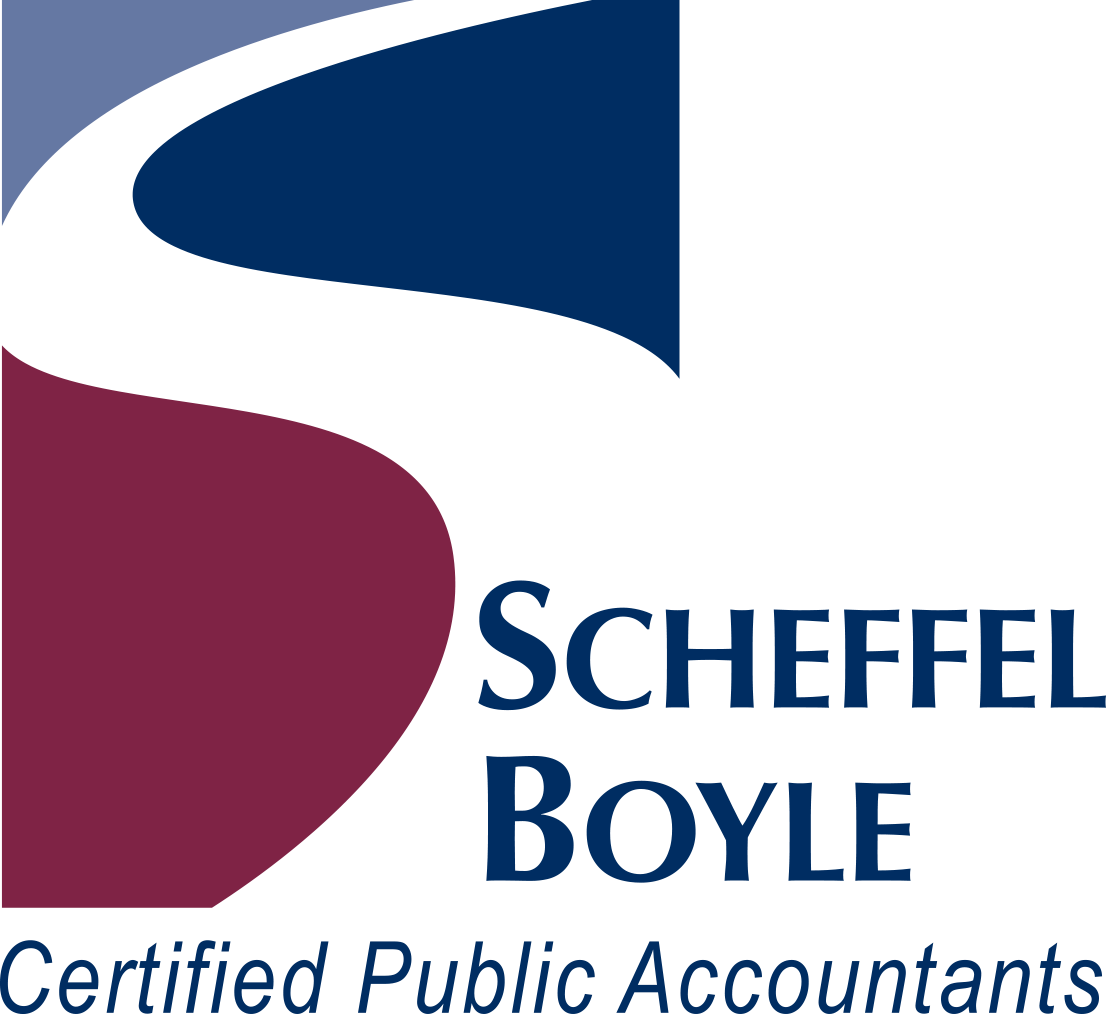Accounting for the Near and the Long Term in a Family Budget
In the near term, the budget should encompass the day-to-day items that affect every family. First, the home: This is often the most valuable possession in a personal budget. And a budget shouldn’t include only mortgage payments, but also expenses such as utilities, maintenance and supplies.
Naturally, there are other items related to daily life that need to be accounted for. These include groceries, fuel, clothing, child care, insurance and out-of-pocket medical expenses. And families need to draw clear distinctions between fixed and discretionary spending.
Along with being a practical guide to near-term family spending, the budget needs to address long-term goals. Of course, some goals are further out than others. For example, virtually everyone’s longest-term objective should be to have a comfortable retirement. So, a budget needs to incorporate plan contributions and other ways to meet this goal.
A relatively less long-term goal might be funding one or more college educations. So, again, the budget should reflect efforts to this effect. And, as a long-term but “as soon as possible” objective, the budget needs to be structured to pay off debts and maintain a strong credit rating. We can help you craft a sensible budget that addresses your family’s distinctive needs.



